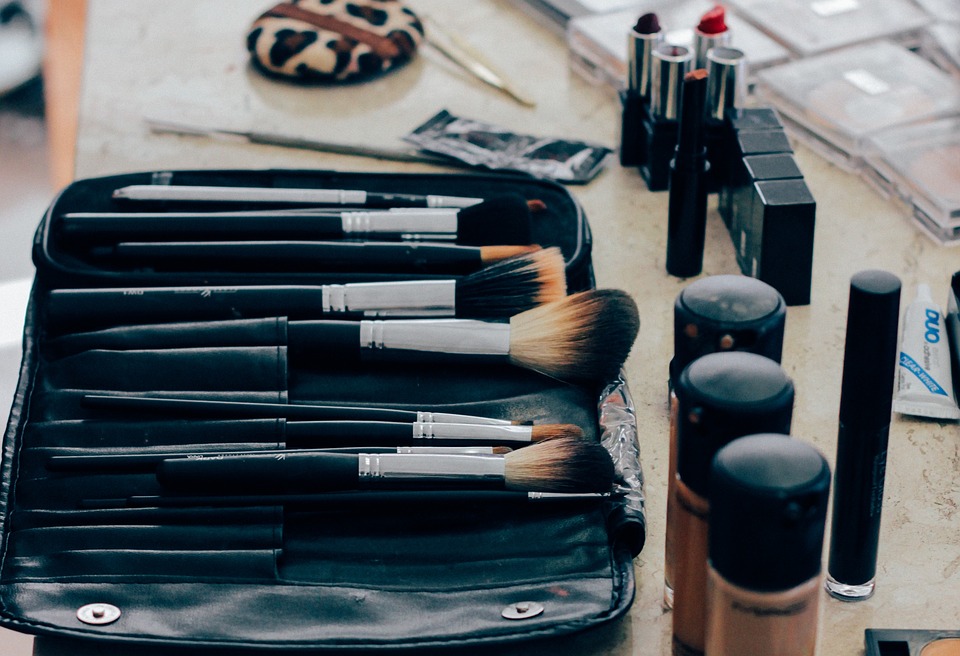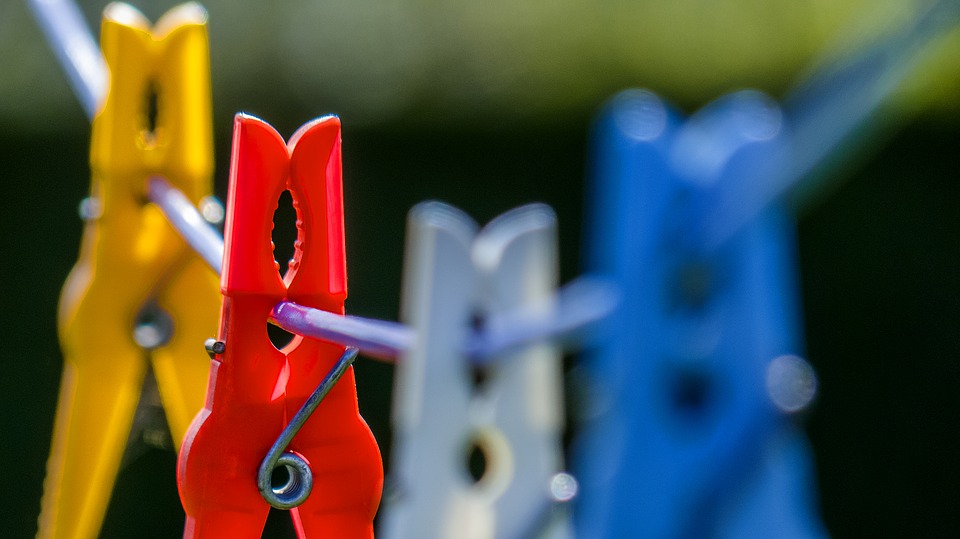Research suggests that women are generally ‘greener’ than men. If we look at it at a base level, a French study shows that women emit 32.3 kilograms of carbon a day, compared to men emitting 39.3 kilograms. This difference is due to apparent gender variations in: green attitudes, purchase behaviour, susceptibility to green advertising, transport choices, food choices, and driving habits.
However, whilst women are ahead in many ways when it comes to being environmentally aware and friendly, the majority of people – women included – on our planet are not doing enough to stop, or even slow, the harm being done to the Earth.
This is a small guide for women on how to live in an environmentally friendly way, using ideas you might not have considered before. Most of these tips are relevant to men too, so why not have a read!
Cosmetics, Make-up & Toiletries

Cosmetics and make-up, alongside toiletries such as shower gel, are often packaged in plastic. Most of these are recyclable, but here are some points to think about if you wish to cut your impact on the environment:
- Could you purchase items in bulk, therefore using less packaging?
- If you must use your usual brands and products, could you reuse that bottle or pot for something else?
- If you really must dispose of your packaging, always recycle everything you can. Remember: a small plastic bottle can take 450-1000 years to degrade in landfill, and research suggests that is where most plastic bottles (around 90%) end up.
- When it comes to items for removing make-up and cleaning your face, opt for reusables such as flannels and crochet pads, as opposed to disposable and unrecyclable facial wipes.
- Nail polish is sold in glass bottles, with plastic lids. Perhaps you could use your empty bottle to create your own nail varnish colour.
Feminine hygiene products
It is no secret that women menstruate, and in doing so we get through a shocking amount of disposable sanitary towels and tampons during our time on Earth. These items are bad for our health; most aren’t made from cotton, and contain plastic chemicals, and those that are made from cotton have been bleached. Cotton crops are also often sprayed with a variety of chemicals, so even the cotton itself is not clean. Now think about where you wear these items! Tampons, too, carry a heightened risk of you developing TSS (Toxic Shock Syndrome).
Not only are these sanitary items bad for your health, but they are bad for the environment too. The majority end up in landfill, and when you consider how many are used by every woman, that is a lot of waste to landfill. The average woman uses over 16,000 disposable sanitary items during her lifetime.
Clothes

If you are needing some new clothes, it is so easy to buy clothes from shops which don’t consider the environment in their clothing production. This process involves energy consumption, the use of toxic chemicals, the use of land and natural resources, and the use of water.
Instead of buying new clothes from places that don’t consider the environment, you could:
- Upcycle items you already own
- Make your own clothes
- Organise a clothes swap party, or attend one
- Buy second hand, from a charity shop or similar
- Buy new clothes from an eco-friendly shop, such as People Tree
Don’t forget to wash your clothes on as low a temperature as possible and hang your clothes up to dry rather than using a tumble dryer. Also consider which laundry detergent you use.
Featured image credit: Pixabay
